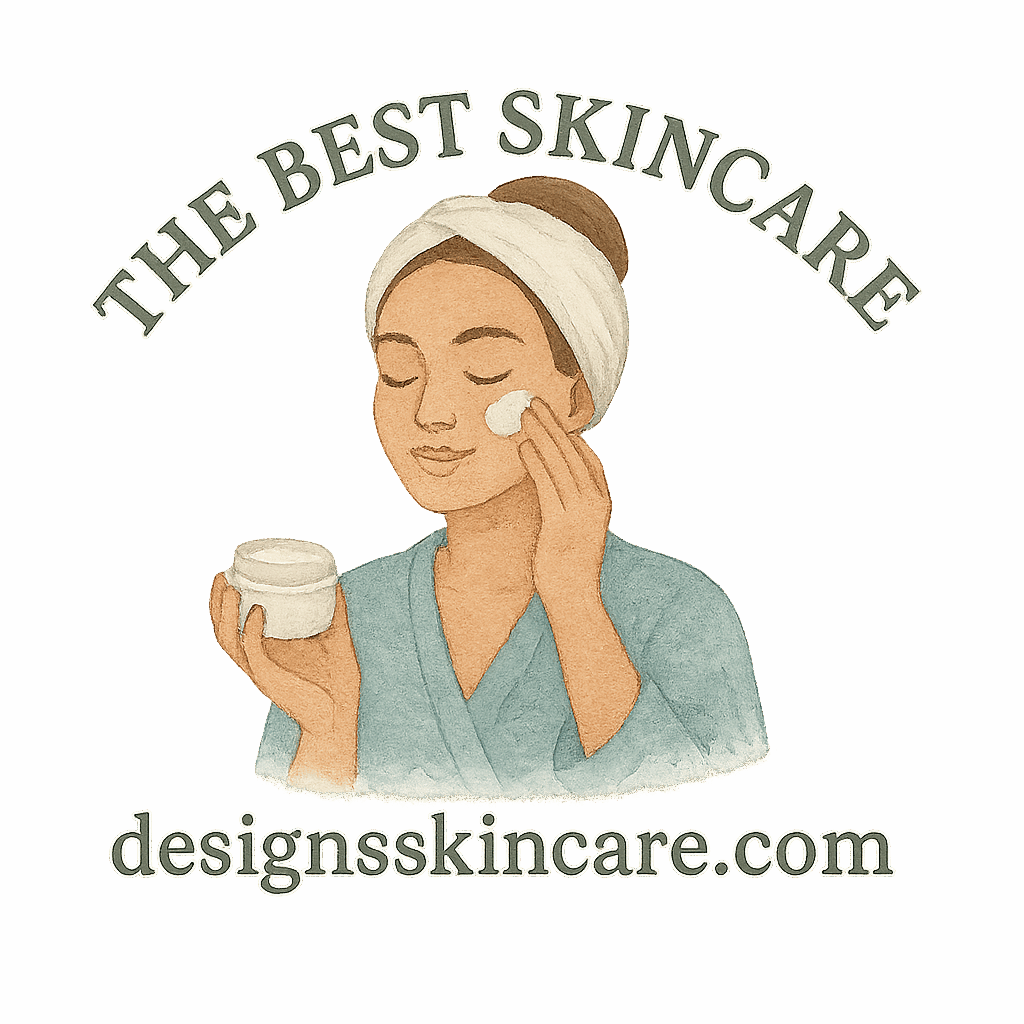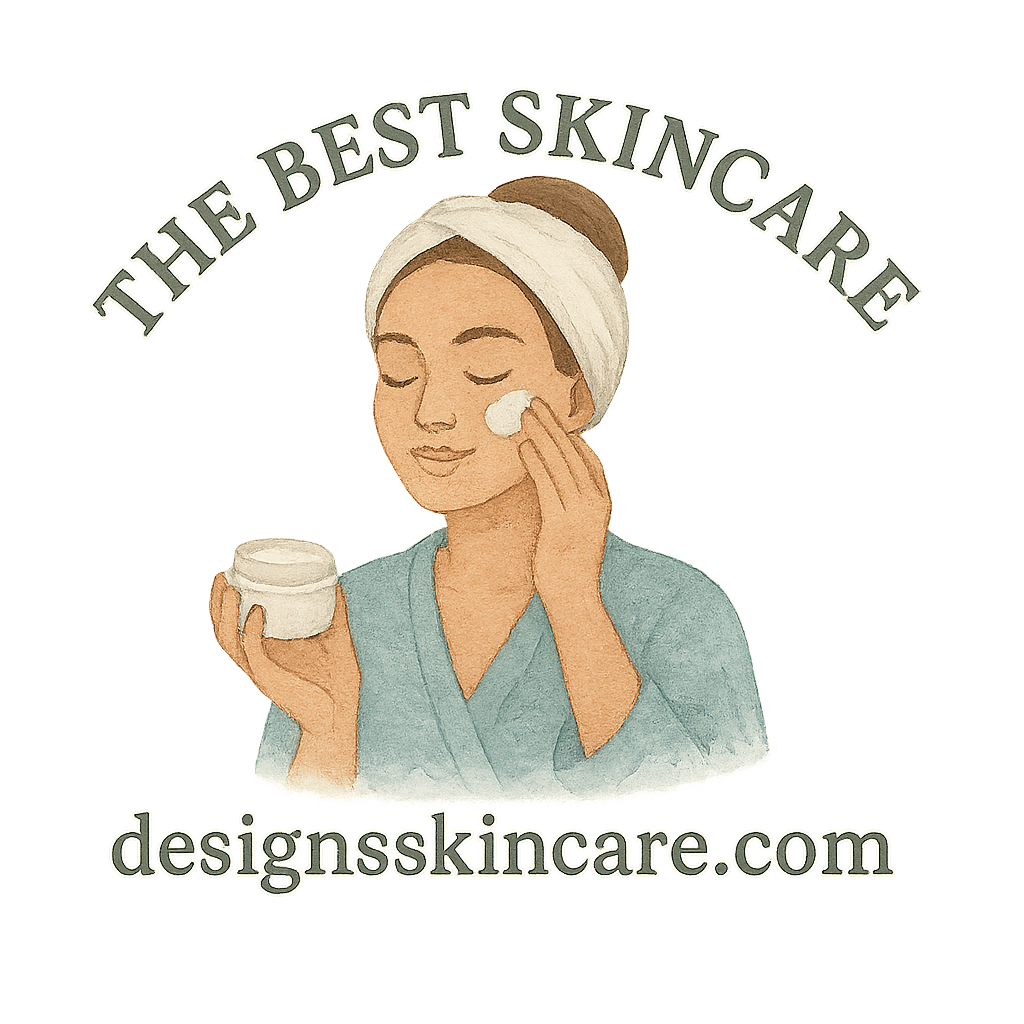Let’s face it—your pillowcase might be secretly sabotaging your skincare routine. You can use all the serums, toners, and moisturizers in the world, but if you’re sleeping on a dirty pillowcase every night, your skin is going to struggle. Good skincare isn’t just about what you put on your face; it’s also about what your face comes into contact with. That’s why adopting these 10 skincare habits for a cleaner pillowcase routine can be a game-changer for your complexion.
Why Your Pillowcase Matters for Skincare
The Skin and Fabric Connection
Your pillowcase acts like a sponge for everything—oil, dead skin cells, dirt, sweat, and even skincare products. Over time, all of this buildup can lead to clogged pores and breakouts. It’s like reapplying grime to your freshly washed face every night. Not cute.
Hidden Dangers of Dirty Pillowcases
Dirty pillowcases can harbor bacteria, fungi, and allergens that cause skin issues such as hormonal acne, irritation, and even fungal infections. If you’re serious about skin health, it’s time to rethink your pillowcase hygiene.
Check out more insights on skincare by skin type to understand how your fabric choices may impact different skin needs.
Habit 1: Wash Pillowcases Frequently
Ideal Washing Frequency
At a minimum, wash your pillowcases twice a week. If you have oily skin or acne-prone skin, aim for every other day. This prevents product and sebum buildup, giving your face a clean surface to rest on.
Explore skincare routines that emphasize nightly cleansing to enhance the impact of clean bedding.
Choosing the Right Detergent
Use fragrance-free, hypoallergenic detergents. Many traditional detergents contain chemicals that irritate sensitive skin. Avoid fabric softeners and dryer sheets too—they often leave behind residues that clog pores.
Habit 2: Use Skin-Friendly Pillowcase Fabrics
Cotton vs. Silk vs. Bamboo
- Cotton is breathable but absorbs oil and moisture.
- Silk is luxurious and helps reduce friction and dryness.
- Bamboo is antibacterial and super soft.
For optimal skincare benefits, silk or bamboo pillowcases win the game.
Benefits of Silk for Skincare
Silk reduces tugging on the skin (bye-bye, wrinkles!) and doesn’t absorb your skincare products like cotton does. It’s a must for anyone aiming for glowing skin.
Dive into more product comparisons in our product guide.
Habit 3: Remove Makeup Before Bed
How Leftover Makeup Affects Your Skin and Pillow
Going to bed with makeup doesn’t just clog your pores—it also stains your pillowcase and introduces bacteria to both your skin and bedding.
Double Cleansing Benefits
The double cleansing method (oil cleanser followed by water-based cleanser) ensures your skin is squeaky clean before it hits the pillow. It also helps your skincare products work better.
Visit our skincare routine guide for step-by-step tips.

Habit 4: Stick to a Nighttime Skincare Routine
Why Consistency is Key
Skincare is like brushing your teeth—you wouldn’t skip it, right? A consistent routine protects your skin overnight and minimizes oil and dirt transfer to your pillowcase.
Best Nighttime Products to Use
Choose products based on your age and skin type. Explore our detailed guides on skincare by age and skincare-ingredients to tailor your routine.
Habit 5: Keep Hair Clean and Tied Back
Hair Oils and Pillowcase Contamination
Hair carries oils, styling products, and environmental pollutants. When left loose, it rubs off on your pillow, transferring all that mess to your skin.
Protective Hair Styles for Bedtime
A loose braid, silk bonnet, or headwrap helps keep your hair in place and your pillowcase cleaner. It’s also a win for your hair health!
Habit 6: Avoid Sleeping with Wet Hair
Moisture and Microbial Growth
Wet hair dampens the pillowcase, creating a cozy habitat for bacteria and fungi. This not only ruins your pillow but can seriously affect your skin health.
Tips for Quick Hair Drying
Use a microfiber towel and give your hair some time to air dry before bed. You could even shower earlier in the evening to avoid the rush.
Habit 7: Don’t Reuse Dirty Towels or Bedsheets
Microbial Transfer and Breakouts
Reusing towels and bedsheets reintroduces dirt and bacteria to your skin. It’s like washing your face with a dirty rag—pointless and gross.
How to Stay Consistent
Set a weekly wash schedule. Consider color-coding or labeling linens to stay on top of cleanliness.
Habit 8: Exfoliate to Reduce Buildup
Skin Shedding and Pillowcase Debris
Your skin naturally sheds cells daily, and a good chunk of them end up on your pillow. Exfoliating regularly (2–3 times per week) removes these dead cells before they transfer to your bedding.
Exfoliation Best Practices
Choose gentle exfoliants suited to your skin type. Too much exfoliation can backfire, so balance is key.
Need help finding the right exfoliant? Explore skincare tips for recommendations.
Habit 9: Monitor Your Diet for Skin Health
Foods That Trigger Excess Oil
Diets high in sugar, dairy, and greasy foods can lead to excess sebum production, making your pillow greasy too.
Skin-Boosting Nutrients
Omega-3s, antioxidants, and water-rich fruits help keep your skin balanced and less prone to breaking out. See more advice on skincare and healthy eating for radiant results.
Habit 10: Use a Skincare Barrier Overnight
Night Creams & Protective Layers
Applying a barrier like a night cream or sleeping mask can lock in hydration while preventing product transfer to your pillow.
Locking in Moisture, Not Dirt
The key is to give your skincare time to absorb before hitting the sheets. Wait 10–15 minutes post-application. Explore our hydration tips to master this habit.
Final Thoughts on Cleaner Pillowcase Habits
A clean pillowcase might not be the flashiest skincare hack, but it could be the most underrated one. When paired with a solid skincare routine and smart habits, it works like a secret weapon for healthier, clearer, and more radiant skin. So go ahead—upgrade your pillowcase game and wake up to better skin tomorrow.
Want more glow-up tips? Browse our latest beauty tips and skincare products that align with your routine.
FAQs
1. How often should I wash my pillowcase for acne-prone skin?
At least every other day. Oily and acne-prone skin needs a cleaner surface to sleep on.
2. What fabric is best for skincare—cotton, silk, or bamboo?
Silk and bamboo are both great options. They are gentle, breathable, and less absorbent than cotton.
3. Can dirty pillowcases cause fungal acne?
Yes, they can trap moisture and oils, creating a perfect breeding ground for fungi.
4. Should I apply moisturizer before bed even if I have oily skin?
Absolutely! Just choose a lightweight, non-comedogenic moisturizer. Check out our moisturizer tag for oily skin options.
5. Does hair really affect pillowcase hygiene that much?
Yes. Hair carries oil, dirt, and product residue that easily transfers to your pillowcase.
6. Is it okay to sleep without washing my face once in a while?
Not really. Skipping even one night can lead to clogged pores and bacterial buildup.
7. What else should I clean regularly to support my skincare?
Clean your makeup brushes, phone screen, and towels often. Learn more in our skincare guide.


